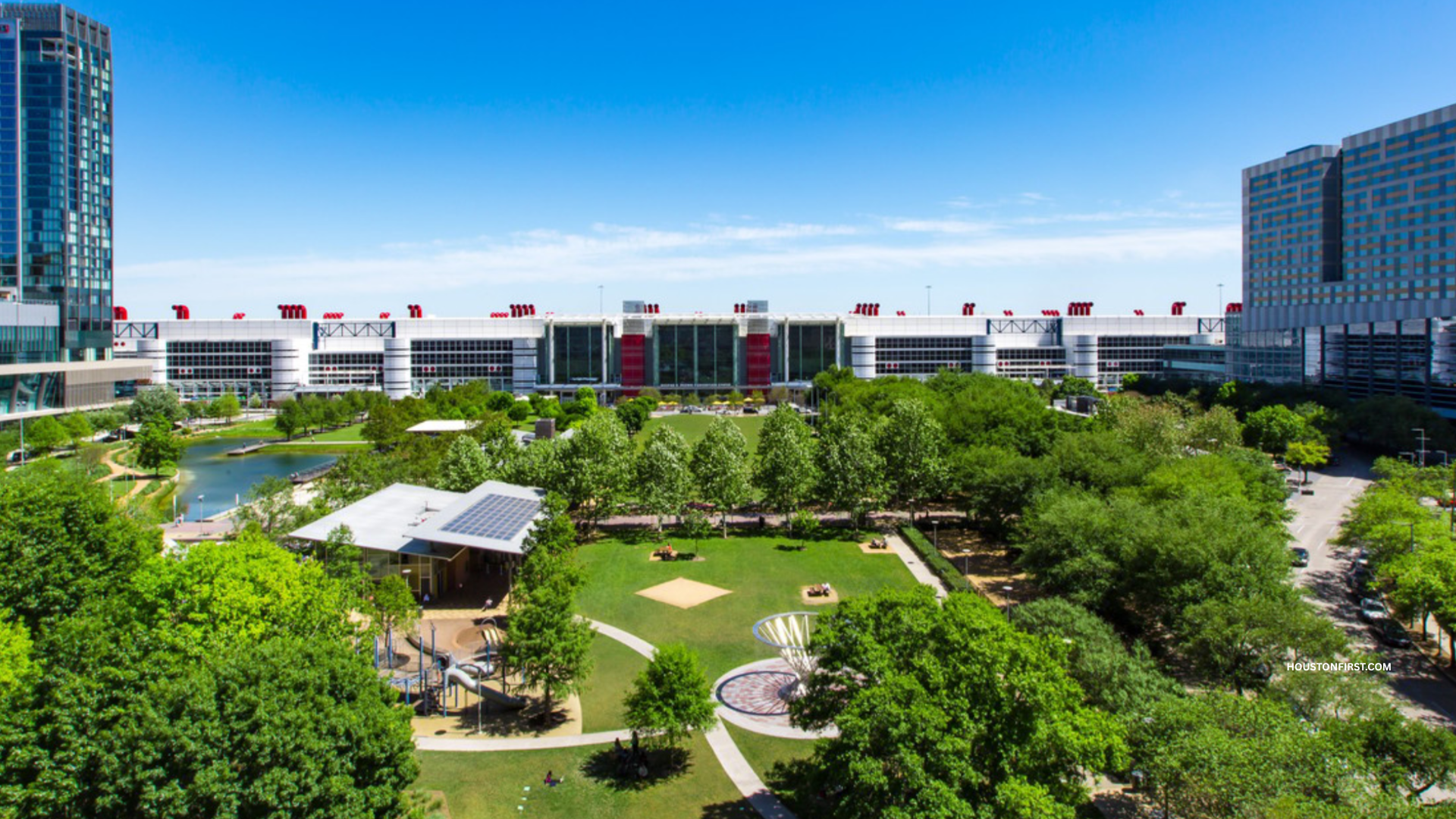Thirty-Eight Years of Houston's Quiet Giant: The George R. Brown Convention Center
On September 26, 1987 the George R. Brown Convention Center flung open its massive glass doors, a gleaming behemoth promising to put Houston on the map for more than just rodeos and roughnecks. Back then, it felt like the future had docked right in the heart of downtown, a 1.8-million-square-foot testament to a city dead set on outgrowing its cowboy boots.
The GRB, as locals call it without a second thought, didn't just appear out of the bayou mist. By the early '80s, Houston was bursting at the seams. The population swelling, conventions clamoring for space, and the old Albert Thomas Convention Center wheezing under the weight of it all. That relic, tucked into the Theater District and opened in 1967, had served its time as the city's go-to for trade shows and political shindigs. But it was cramped, outdated, and about as modern as a rotary phone. Inexpensive real estate east of downtown offered a fresh canvas, and with a $235 million bond approved by voters in 1984, the wheels turned fast. Construction kicked off in '85, led by a team from Lloyd, Morgan & Jones and Golemon & Rolumbo Architects, who dreamed up a structure that screamed ambition: a sprawling block of exposed steel beams, colorful utility pipes snaking the facade like urban arteries, and vast windows pulling the skyline into view.
That design? Yeah, it's got a whiff of Paris's Centre Pompidou, the high-tech guts-on-the-outside vibe that turned heads (and stomachs) when it debuted in 1977. Chief architect Mario Bolullo didn't shy from the comparison; he called it a nod to forward-thinking brutalism, where the bones of the building take center stage. No hiding the HVAC or wiring behind pretty panels here—this was Houston saying, "We're not afraid to show our workings." Critics snickered at first, dubbing it a beached ocean liner or a Lego experiment gone wild. But walk those halls today, and you feel the pulse: a place built for the grind, not the glamour.
And grind it has. Named for George R. Brown, the civil engineering titan behind Brown & Root who helped dredge Houston's ship channel and bankrolled half the city's postwar boom, the GRB stepped up from day one. Brown donated much of the land on which the convention center sits today. Its inaugural bash drew 10,000 folks for a mix of exhibits and eats, but the real fireworks came quick. Fast-forward to 2017, and it was ground zero for Super Bowl LI's fan frenzy, with tailgates spilling into the streets and Tom Brady's comeback etched into the ether. But the GRB's true stripes show in quieter crises: during Hurricane Harvey, it morphed into a command center and shelter, feeding thousands and coordinating rescues when the bayou swallowed the city whole. Or take the annual International Quilt Festival, with 80,000 stitchers transforming exhibit halls into a patchwork wonderland, or the Bayou City Art Festival, where local creators hawk wares amid the hum of AC units. It's hosted everything from tech expos to bridal shows to comic book conventions.
That's the beauty of the GRB. It's the ultimate shape-shifter, 1.2 million square feet of usable space that ranks it among the nation's top 10 convention centers. One week, it's a hive for the American Association of Petroleum Geologists' confab, suits debating fracking futures; the next, a stage for corporate keynotes or even the occasional esports tourney. Economists peg its annual impact at over $2 billion, providing jobs for stagehands, hotel fills with out-of-towners, and that ripple effect keeping nearby businesses humming. Yet for all its heavy lifting, the GRB plays underdog to Houston's flashier icons. The Astrodome? That "Eighth Wonder" gets all the nostalgia and deservingly so. Daikin Park and NRG Stadium? They're the adrenaline junkies, drawing cheers for Astros homers and Texans touchdowns. The GRB doesn't have that same sex appeal. There’s no Jumbotron glory, celebrity sightings, or elite professional sports, but it's the steady engine, the one that keeps the economic gears turning when the spotlights dim. In a town that loves its spectacle, this convention center is a scene setter for the world stage in Houston.
Which brings us to now, because the GRB isn't content resting on its (exposed) laurels. Houston First, the nonprofit stewards of the city's convention game, just greenlit a $2 billion transformation that's set to redefine downtown's east edge. Phase one is a 700,000-square-foot south building expansion which kicks off in December 2025, linking the GRB directly to Toyota Center via skybridges and a new 100,000-square-foot outdoor plaza. Throw in a 950-space parking garage and pedestrian-friendly tweaks, and you've got a master plan to lure mega-conventions that've been dodging us for years. This is all part of Houston's next chapter, furthering turning the convention district into a walkable hub where events bleed into Discovery Green. By 2030, they say, it'll pump $20 billion in new spending into the local economy.
Thirty-eight years in, the George R. Brown Convention Center stands as Houston's unsung anchor, a high-tech basilica that's weathered booms, busts, and bayou floods without missing a beat. It carried the city into new heights for major events, hosted history-makers, and bent to whatever the city threw its way, all while whispering, "We've got this." As shovels hit dirt this winter, it's clear: the GRB's story is far from over. In a place that reinvents itself faster than you can say "sprawl," this one's built to last, pipes and all. Here's to the quiet giant. May it keep connecting us, one convention at a time.





